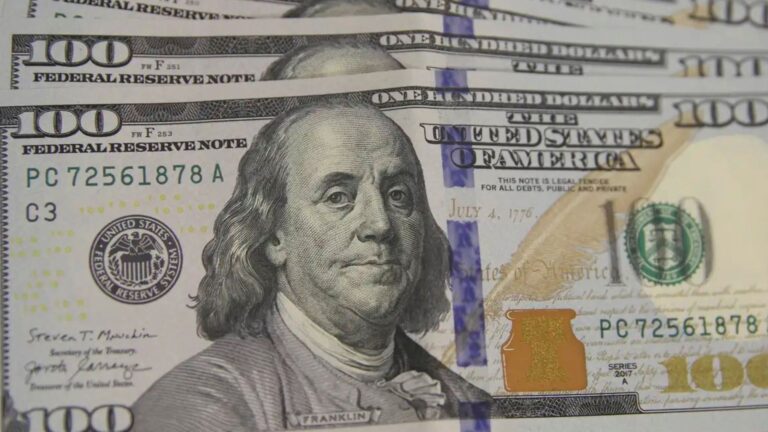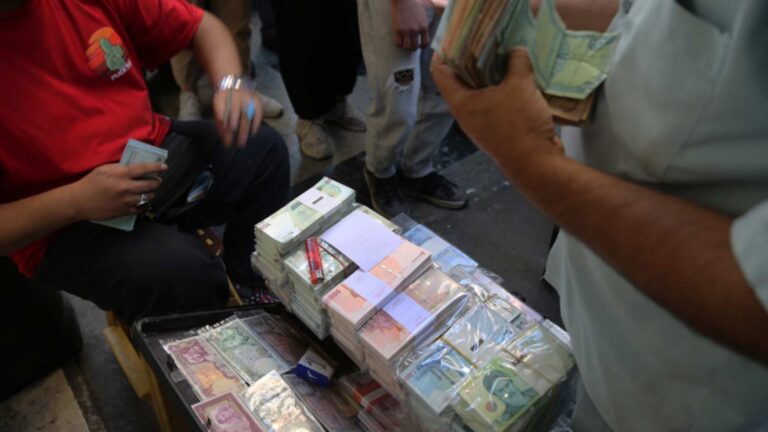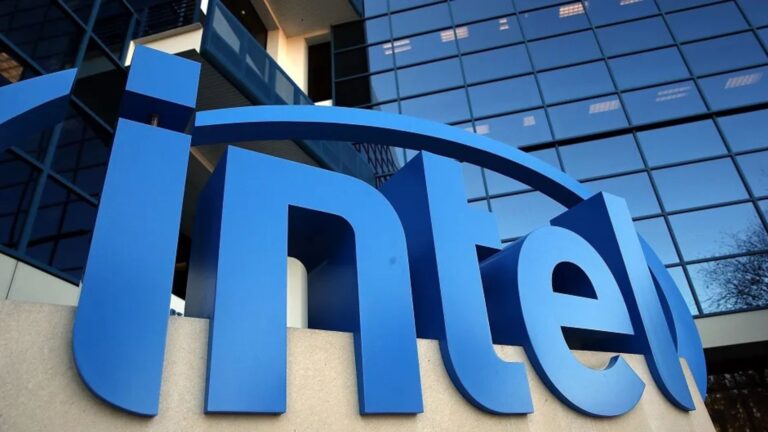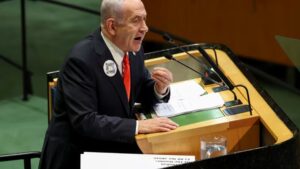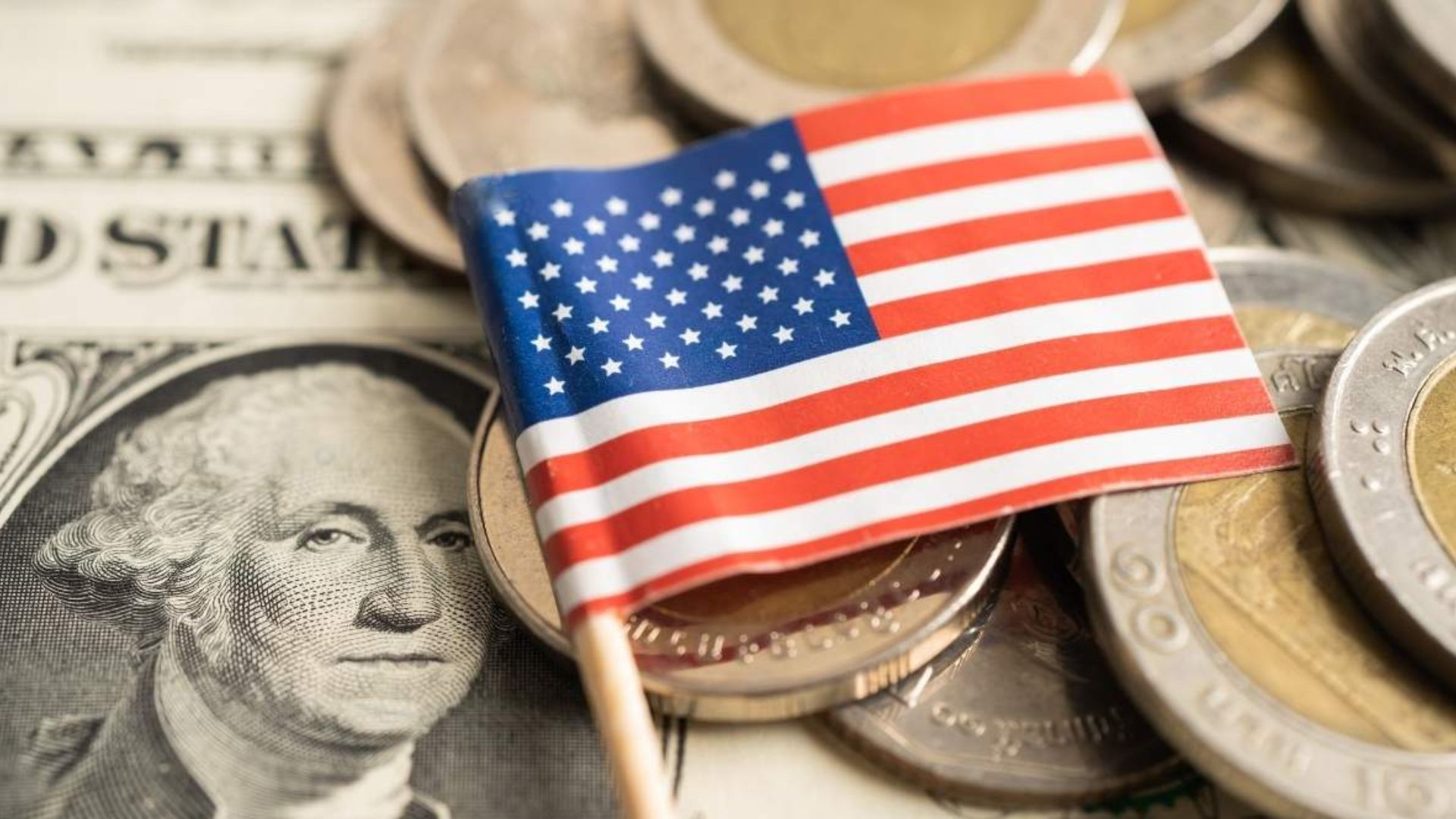
Brazil’s commercial dollar registered a 0.49% decline on Friday, closing at R$ 5.34, while the Ibovespa inched up 0.10% to 145,446 points. The moves followed U.S. personal consumption expenditures (PCE) inflation data that met market expectations, reinforcing bets that the Federal Reserve will continue its rate-cut cycle launched in September.
Impact of U.S. Inflation Data
The PCE price index rose 0.3% in August, exactly matching analysts’ forecasts, while the year-over-year increase of 2.7% remained within the Fed’s comfort zone despite a slight uptick from July’s 2.6%. Federal Reserve Chair Jerome Powell cautioned that balancing inflation and labor-market concerns remains “challenging,” yet Fed projections anticipate an additional 50 basis points of rate cuts by year-end, with a possible 25 basis-point reduction in 2026. Markets interpreted the data as validating the Fed’s dovish stance, reducing demand for dollar-denominated assets and prompting capital flows into emerging markets.
Brazilian Market Response
“The expectation of U.S. monetary easing helps drive the dollar down,” explained Christian Iarussi, economist at The Hill Capital, noting that over US$ 4 billion in foreign inflows entered Brazil in September alone. Brazil’s current account deficit narrowed to US$ 4.669 billion in August—better than the US$ 5.5 billion forecast—further supporting local assets. In São Paulo, banking stocks led gains: Itaú rose 0.49%, Bradesco gained 0.53%, Santander jumped 2.31%, and Banco do Brasil climbed 1.47%.
Over the week, however, the Ibovespa recorded a modest 0.33% decline as Vale’s losses offset financial-sector advances, ending at 145,378 points. Foreign direct investment of US$ 7.989 billion in August more than covered the current-account shortfall, underscoring Brazil’s relative attractiveness amid global rate-cut expectations.





